On Thursday, a section of Kenyans resumed anti-government protests across various parts of the country, expressing their dissatisfaction with the current ruling Kenya Kwanza regime.
The protests, which have been ongoing for weeks, were notably active in parts of Homa Bay County and Emali Town, highlighting the widespread discontent among citizens.
In Emali Town, protesters took to the streets in large numbers, blocking the major Mombasa Road highway with stones and other debris, effectively halting traffic and making it difficult for vehicles and passengers to move.
Social media platforms were abuzz with reports and images of the highway closure, reflecting the intensity of the demonstrations.
Despite the disruptions in Emali and Homa Bay, the majority of Kenyans continued with their daily activities, as police officers maintained a vigilant presence to ensure law and order.
Security agencies were seen patrolling the streets of Nairobi and other major cities, aiming to prevent the protests from escalating into violence.
The protests come in the wake of a significant withdrawal of Gen Z protesters, who pulled out after a section of hired goons infiltrated the demonstrations, causing violence and looting properties.
These goons, reportedly hired from the slums, created chaos in various parts of the Nairobi Central Business District, leading to clashes and further unrest.
Reacting to the situation, the Cabinet Secretary of the Ministry of Interior, Professor Kithure Kindiki, stated that the government would continue to pursue those causing violence and looting.
He assured Kenyans of their security and safety, emphasizing that the state would not tolerate any acts of lawlessness.
“We are committed to ensuring the safety of all Kenyans,” Professor Kindiki declared. “We will not allow a few individuals to disrupt the peace and security of our nation.”
The Interior Ministry has also launched investigations to identify and arrest the sponsors of the violence.
This move aims to dismantle the networks behind the hiring of goons and to bring those responsible to justice.
Professor Kindiki reiterated the government’s stance on maintaining order, stating that anyone found to be supporting or engaging in violent activities would face the full force of the law.
The protests reflect deep-seated frustrations among many Kenyans, who feel neglected and marginalized by the current regime.
The government’s inability to address key issues such as unemployment, corruption, and economic inequality has fueled public anger, leading to widespread demonstrations.
As the government intensifies its crackdown on violent protesters, human rights organizations have called for restraint and respect for the right to peaceful assembly.
They urge the authorities to focus on dialogue and address the underlying issues driving the protests, rather than resorting to heavy-handed tactics.
The ongoing protests and the government’s response underscore the fragile state of Kenya’s political landscape.
With tensions running high, there is an urgent need for constructive engagement between the government and its citizens to find lasting solutions to the grievances being aired.
As the situation develops, all eyes remain on how the Kenya Kwanza regime will navigate this period of unrest and whether it can restore confidence among its populace.
In the coming days, the actions taken by both the protesters and the government will be crucial in determining the country’s trajectory.
For now, the streets remain a battleground for those demanding change and those tasked with maintaining order, with the hope that a peaceful resolution can be achieved.





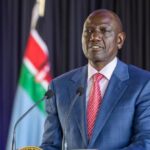

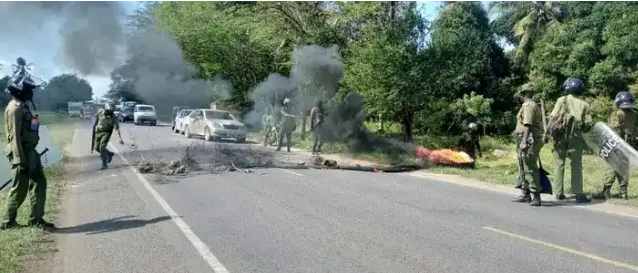
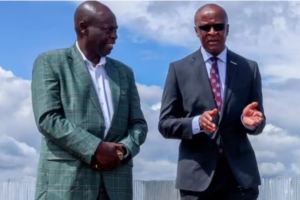
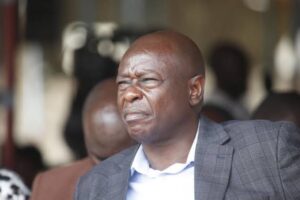
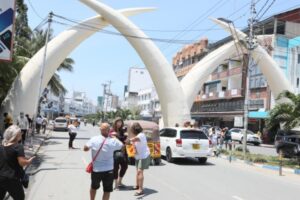

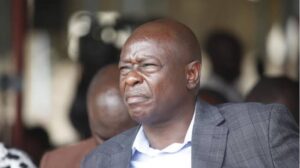
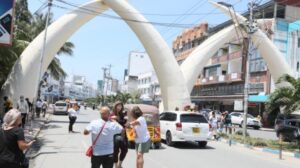







Add Comment